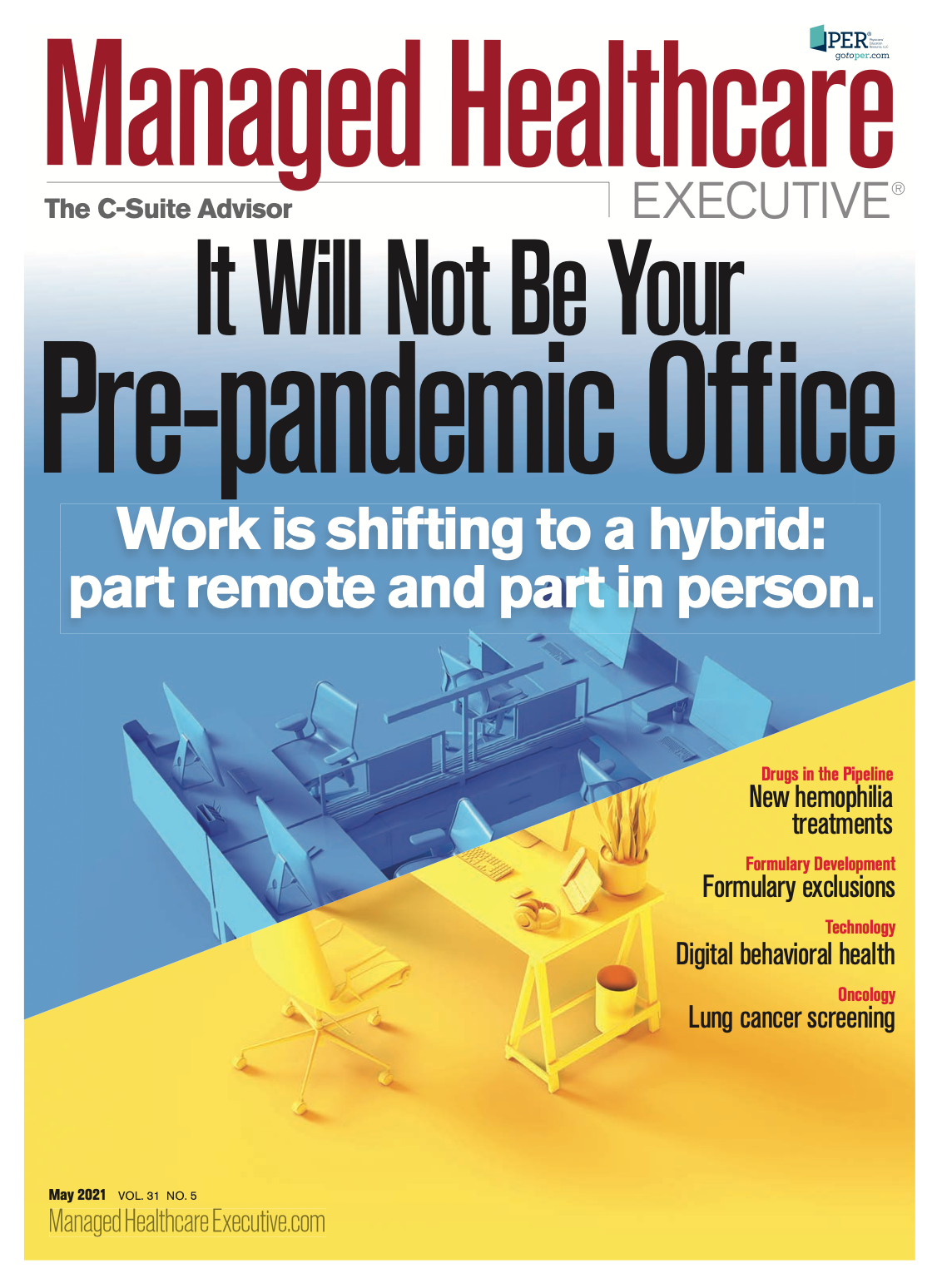3 Takeaways About Managing the Cost of MS
Multiple sclerosis is dependably among the most expensive chronic diseases to treat, but there are ways to reduce the size of the bill.
Multiple sclerosis (MS), a disease characterized by damage to the myelin sheath encasing nerves in the central nervous system, is often unpredictable for the people who have the condition. Flare-ups and the symptoms they cause — loss of muscle control, balance issues, vision problems — often don’t have any easily discernible pattern.
But for insurers and others responsible for managing the cost of healthcare, MS is predictably one of the costliest chronic diseases despite it being a relatively rare condition. A study published earlier this year in Advances in Therapy found that the all-cause costs for patients with severe MS relapses was almost $88,000 per year, most ($70,000) of which was related to MS. Prime Therapeutics says MS is the fourth-highest drug-spend category among its commercially insured members.
The priorities when treating patients with MS are forestalling further injury to the nerves and managing symptoms, says Nicholas Lannen, M.D., a neurologist at Spectrum Health, a healthcare system headquartered in Grand Rapids, Michigan. Lannen says preventing further damage to the nerves may give a patient’s brain a chance to repair itself through neuroplasticity.
Here are three things healthcare executives need to know about treating MS while managing costs:
1. Generics may not be such a good deal for patients
Switching to generics is a well-worn path to lowering prescription costs. Lannen says he’s not opposed to generics provided they benefit the patient. But a generic may mean higher out-of-pocket costs for a patient because of coupons and other measures that insulate patients from the cost of brand-name equivalents.
Robert Bermel, M.D., a staff neurologist and director of the Mellen Center for Multiple Sclerosis at Cleveland Clinic, says the “patient gets lost in the middle of this.” Bermel says the generics are often only “marginally less expensive” than brand-name drugs.
2. Some imaging and office visits are unnecessary
Ensuring patients receive an accurate diagnosis is one way to reduce costs, says Bermel, who advocates for having diagnoses made at healthcare centers with expertise diagnosing and treating MS, such as the Cleveland Clinic, for that reason. Reducing the number of imaging tests and office visits can also save money. Although both are helpful particularly after initial diagnosis, their value decreases over time, Bermel says. He also recommends home care, shared visits and virtual visits as lower-cost alternatives to physician visit.
3. There are cost-effective options to consider
The price of disease-modifying agents increased annually at rates five to seven times higher than prescription drug inflation, according to a 2015 study published in Neurology.
Bermel says the average wholesale cost of an oral agent is approximately $80,000 to $90,000 a year. Ocrevus (ocrelizumab), which is administered intravenously twice a year, costs about $60,000 to $65,000, and rituximab is one-third the cost of ocrelizumab. A review paper published in the Journal of Neurology earlier this year said that there is a growing body of evidence supporting rituximab as a treatment for MS, although it has not been approved by the FDA as treatment for MS.
Aine Cryts is a freelance writer in the Boston area.

Vaccination Not a Risk Factor for Pediatric-Onset MS, Study Finds
December 16th 2024Previous studies have found no association between vaccination and MS in adults. To evaluate the association between vaccinations and pediatric-onset MS, researchers conducted a retrospective case-control study using data from the Bavarian Association of Statutory Health Insurance Physicians database.
Read More
The Takeaway From Study of Midlife MS Patients: Don't Stop Disease-Modifying Therapy
Published: November 11th 2024 | Updated: November 11th 2024People with multiple sclerosis (MS) often stop taking disease-modifying therapy as they transition from relapsing-remitting MS to secondary progressive MS. This study shows that people who stop stop disease-modifying therapy have higher hospitalization rates and more visits to the emergency room.
Read More